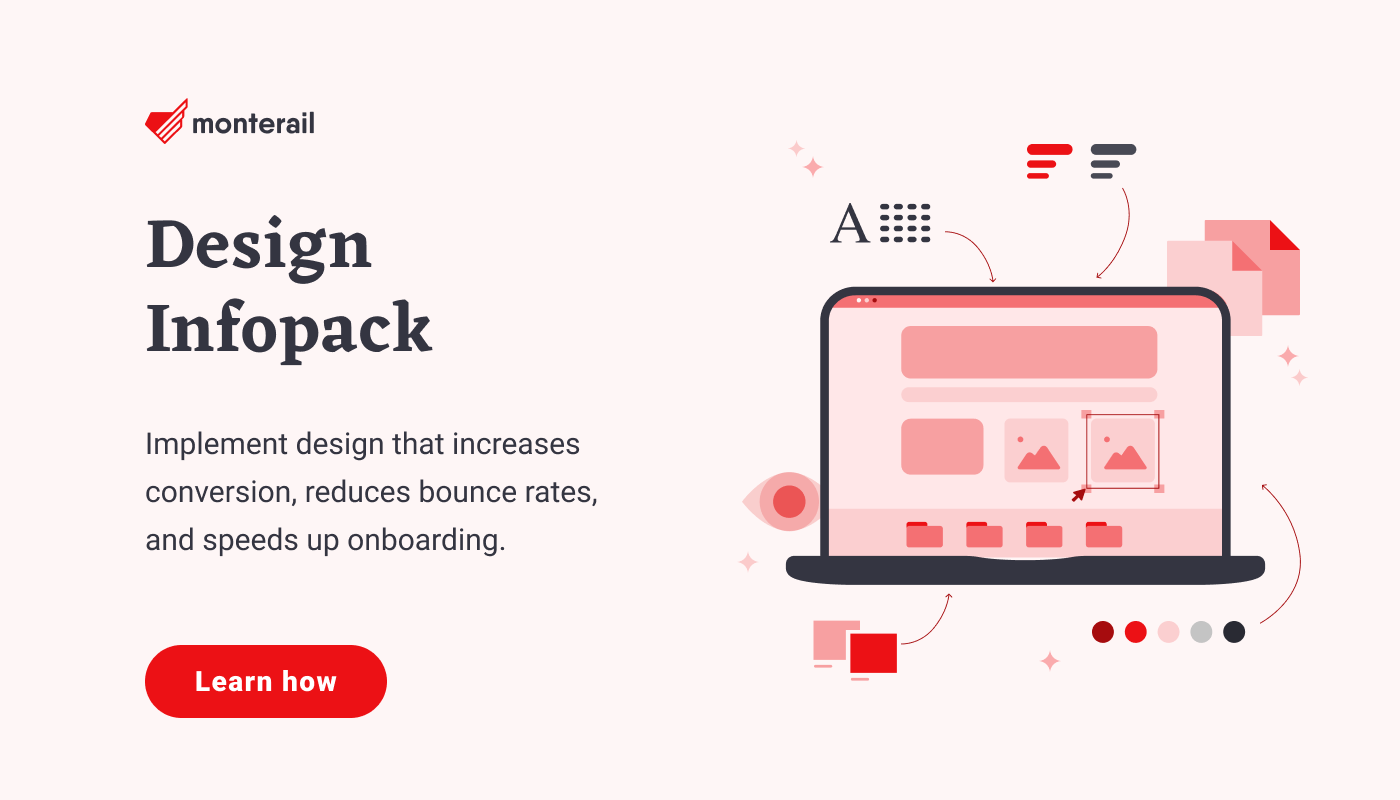The State of Vue.js Report 2025 is now available! Case studies, key trends and community insights.
Table of Contents
Many years ago I attended an architecture conference with my father (an architect and college professor) and he told me something interesting. We were leaving after hearing a presentation on “ecological architecture” and its advantages over “ordinary” architecture, and because I saw my father visibly wincing throughout the lecture, I asked him what upset him so much. He told me that he didn’t understand this “all eco-everything” hype and back in his day something was either good or bad. That if you took all the important aspects into consideration and did things right, then it was just “good design.” Nothing less, nothing more. No fancy names for processes or frameworks. Just you, your knowledge, experience, and attitude.

The Journey Begins
My journey began when I was still in college, working towards a degree in spatial planning. Afterward, when I was in graduate school, I had a short stint teaching students in the course of my Ph.D. studies. In whatever free time I had left, I worked part-time as an assistant in an architecture design studio, where I designed buildings—from drafting concept illustrations to basic construction blueprints. This gave me an excellent sense of scale. For about ten years, I was involved in a wide range of design efforts, from door handles up to drafting land use plans for entire regions. From marketing materials to city strategies.
Throughout all that time, the burning passion for graphic design that drove my work did not die down one bit, so I finally decided to open my own studio. Then everything changed. I was immersed in an entirely new world.
“The Designer”

I became “the designer.” The creative. Someone who provides visual artifacts fulfilling specific needs—a logo, a poster, a book, a catalog, a website. A guy who’s proficient with color, typography, shapes, etc. Someone with a specific set of skills and extensive expertise in translating imagination into reality.
A translation that all too often happens without context, without an appropriate backstory.
I felt a need to dig deeper, to explore the stories behind particular design decisions (like “Please design me a logo”). I used my time to learn more and try to connect the dots between what seemed important.
Then I joined Monterail and entered a whole new world of UI design, and, after ascending to the position of Head of Design, I tasted the glory of everyday management.
With all these experiences behind me, I felt the need to define what “design” was for me. Having worked in both digital and analog realms, on a scale from door handles to entire regions, I came up with this definition:
Design is a will to understand.
Frankly, it’s nearly impossible to design a damn thing without asking questions, conducting research, and talking with people. Even when someone gives you an exercise—let’s say “Design a logo”—you don’t start drawing just like that. You start a conversation in your head. You examine what is given to you. You always draw from experience, even when you think that you’re coming up with things on the fly.

What I’m trying to say is that not even understanding what you’re asked to do is as important as having the will to understand. The will is absolutely essential.
But there was something missing from that definition. Curiosity and passion are definitely at the core of design itself, but are not exclusive to it—the work scholars and intellectuals drawing order out of chaos is driven by these principles, as well. And no one would think to call them designers.
The act of creation was missing from the definition. So I reworked and broadened it into the following:
Design is a process of definition, fueled by a ferocious will to understand.
That sounds accordingly grandiose.
The outcome of that process is not super important. It may be physical, or material, but it also may not. It can be something purely visual: a logo, a poster, or a screen in an application. A button. An animation. An interaction. But it can be something less tangible than that—a user story, for example. It can be a declaration of what we don’t want to pursue as a company. It can be a strategy. It can be set of rules that other people can build upon.
And if they have this will to understand what we spoke of, then you are all good.
It kinda confirms recent opinions that everyone is a designer. That the “designer mindset” is essential for organizations to thrive.
Naturally, you need experience and a number of additional traits if you want to be, let’s say, a graphic designer, an interaction designer, or a product designer. But all these jobs are built upon the same premise—that design is a process of definition, an act of creation. And without understanding, the process of creation is nothing more than styling.
Paula Antonelli, the Senior Curator of the Department of Architecture & Design and the Director of R&D at The Museum of Modern Art (MoMA), put it very well:
“People think that design is styling. Design is not style. It’s not about giving shape to the shell and not giving a damn about the guts. Good design is a renaissance attitude that combines technology, cognitive science, human need, and beauty to produce something that the world didn’t know it was missing.”
Final Takeaways
- Don’t focus on tools or frameworks
- Take everything into consideration
- Question everything (within reason)
- Foster a passion for inquiry
- Cultivate a renaissance attitude
- Create beautiful and useful things
Cheers!

:quality(90))
:quality(90))